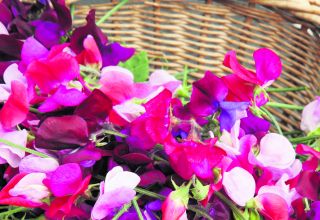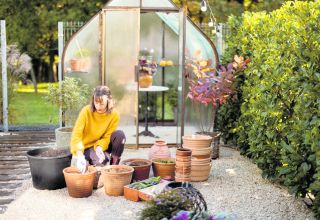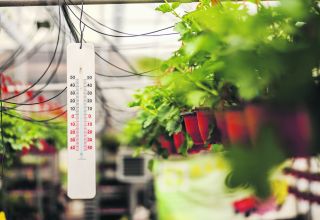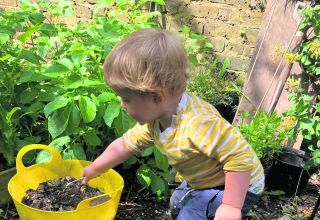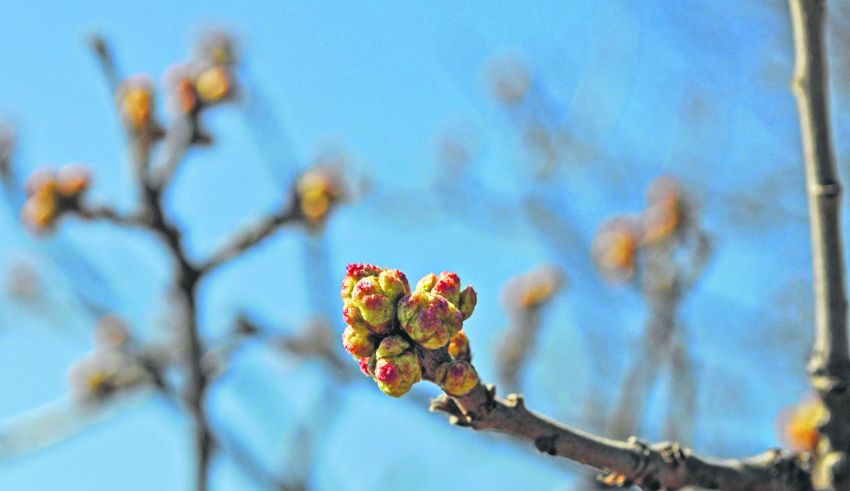
Keeping a nature diary to study phenology, or the seasonal changes in nature, can be an interesting and rewarding hobby, and will give you vital insights into a changing climate and habitat.

Why start a nature journal?
One thing we could all do is to keep a simple nature diary or journal. At the most basic this could be a record of what we see, though it could also be a mechanism for us to describe a connection with nature or something more descriptive of the wildflowers and creatures we bump into through the year.
A nature diary can enhance an interest in wildlife as it might encourage us to look more closely. It can also sustain an interest and encourage us to get out and look so we have something to record, whilst over a longer period it might encourage us to reflect and compare sightings from one year to the next. Such comparisons are the foundations of phenology.
What is phenology?
Phenology is the study of the timing of recurring natural phenomena and by looking at historical dates such as the first sightings of certain species of flower or butterfly we can make deductions about how our changing climate is affecting wildlife.
This isn’t a new idea. People have studied phenology for millennia but rather than keeping diaries they have passed down their observations through what we now call ‘folk-lore’. Sayings such as…
Ash before the oak,
We’re in for a soak,
Oak before the ash,
We’re in for a splash.
….reveal an interest in being able to predict the weather for the season ahead. It might be interesting to gather together a selection of sayings from folk-lore and put them to the test in a nature diary.
As we head for the New Year it is natural that we will be on the look out for the first signs of spring. We are all interested in seeing the first swallow; hearing the first cuckoo; looking for the first bluebell.
Historical seasonal trends
A lady called Jean Combes began recording the earliest budding dates of oak trees in 1947 and has continued ever since; her diaries reveal that oak trees are budding almost one month earlier than they once did.
Butterflies are also emerging earlier, the most striking indication of this is found in the speckled wood butterfly which emerged some 49 days earlier in the 1990s than in the 1940s (based upon the mean date of first appearance for each decade). Though it should be said that the first appearance of any individual species can be subject to an unusual or freak event so these dates are what statisticians refer to as ‘outliers’ and are inherently variable. The underlying trend in the emergence of speckled wood butterflies is less dramatic but confirms that the species is emerging earlier.
Interestingly many species of butterfly emerged much earlier in 2020 than they typically do. This was due to us having the sunniest May on record and by the end of that month 53 of the 59 resident and regular migrant species had already been spotted in the UK (according to Butterfly Conservation).
Why keep a nature journal?
Superficially it might not seem to be a problem that some species are emerging earlier but there are potentially damaging side-effects. The emergence of butterflies and moths is broadly a response to temperature, so peak caterpillar abundance will be earlier in a warm spring. Birds, such as blue tits, which feed caterpillars to their young, decide when to nest according to day length. Unfortunately, they cannot know that the caterpillars on which their young will depend are likely to emerge earlier when the weather is warm and there is a danger that the hatching of their chicks might not coincide with an abundance of food. Maybe by keeping a diary in which we record climatic conditions as well as the number of chicks raised in our tit nest boxes we could begin to appreciate whether this is a justifiable concern.
So it seems that a nature diary can simply be a mechanism to help us sustain and enhance our interest in local wildlife but it could turn out to be much more significant. The choice is ours.
What to record in a nature journal
A nature diary can be as simple or elaborate as you like, from a spreadsheet stored on your computer or on an app to a notebook filled with sketches, observations and photos. You can use any notebook, scrapbook or diary, or buy a notebook dedicated to the task that might include templates and prompts.
In particular pay attention to:
The date, location and weather/temperature for that day.
First appearance of buds on trees.
First appearance of blooming flowers.
First sighting of butterflies, moths and other insects.
First sighting of caterpillars.
First sighting of garden birds.
First appearance of fungi.
Behaviour notes such as nest building and flocking.

